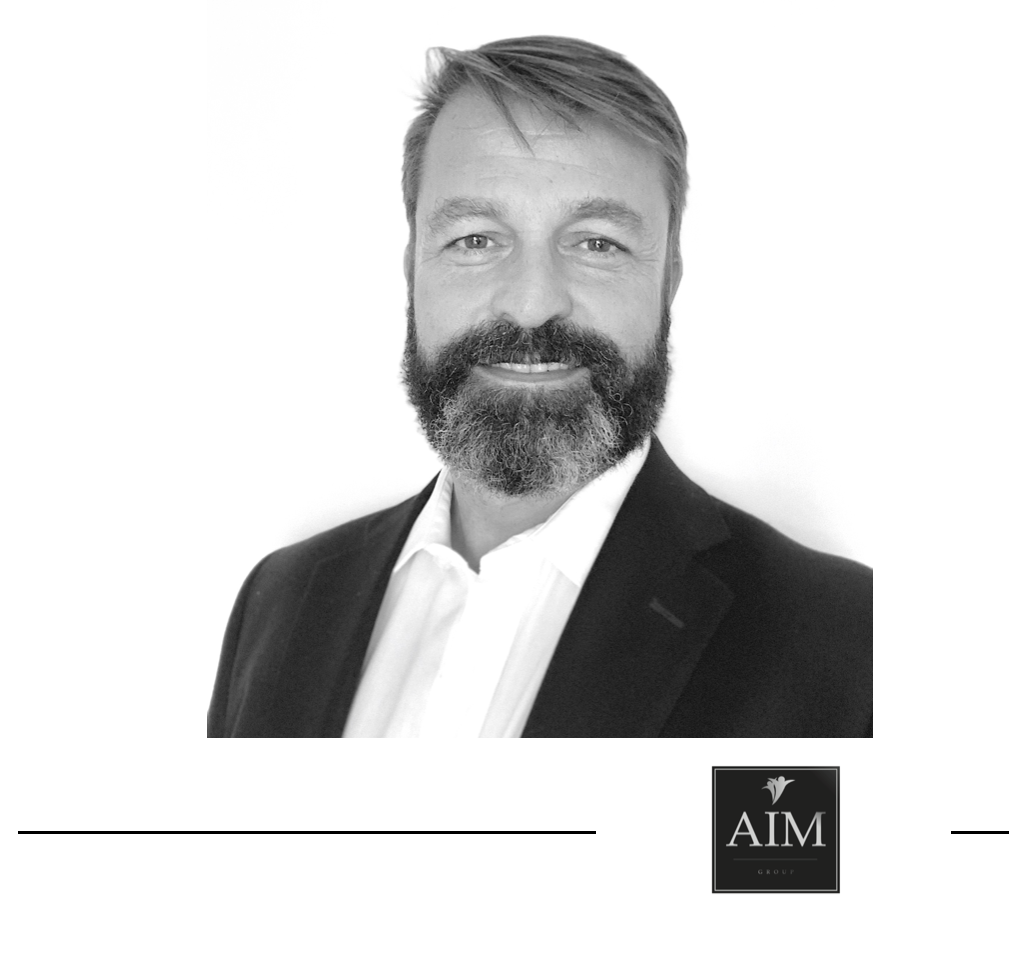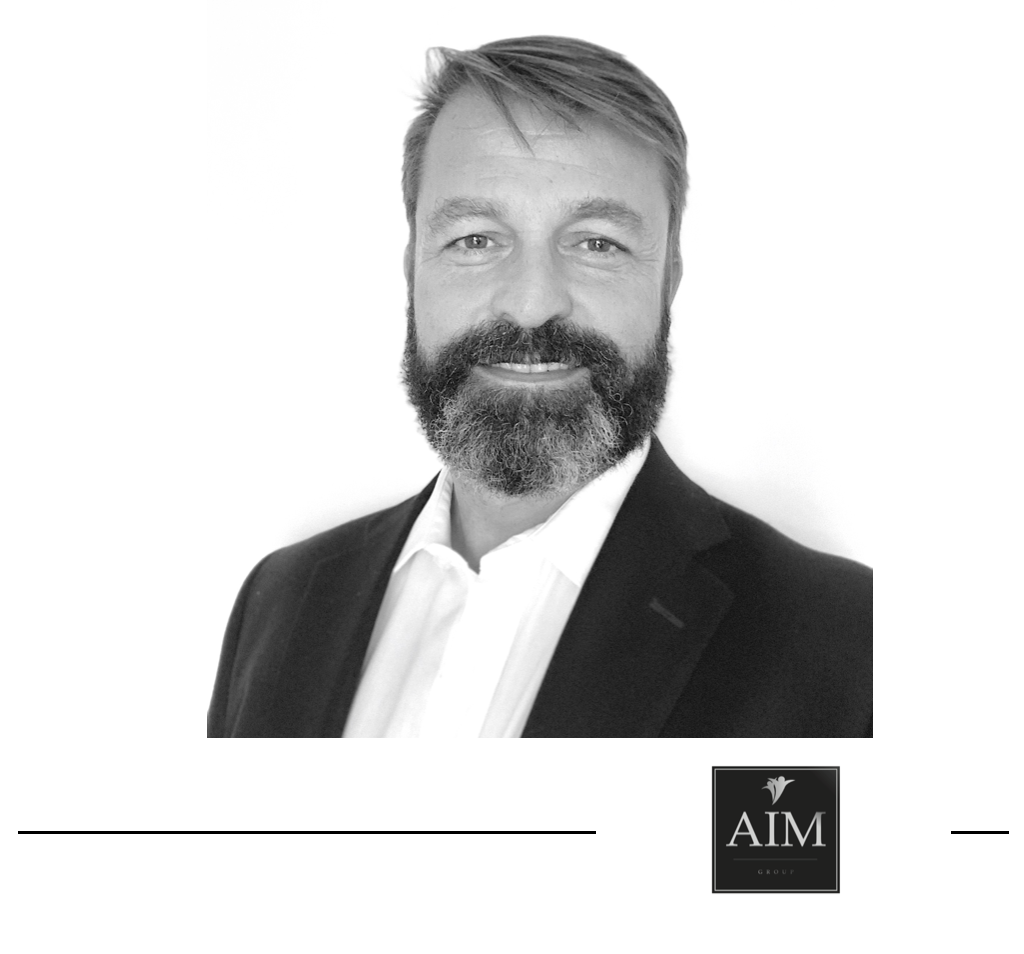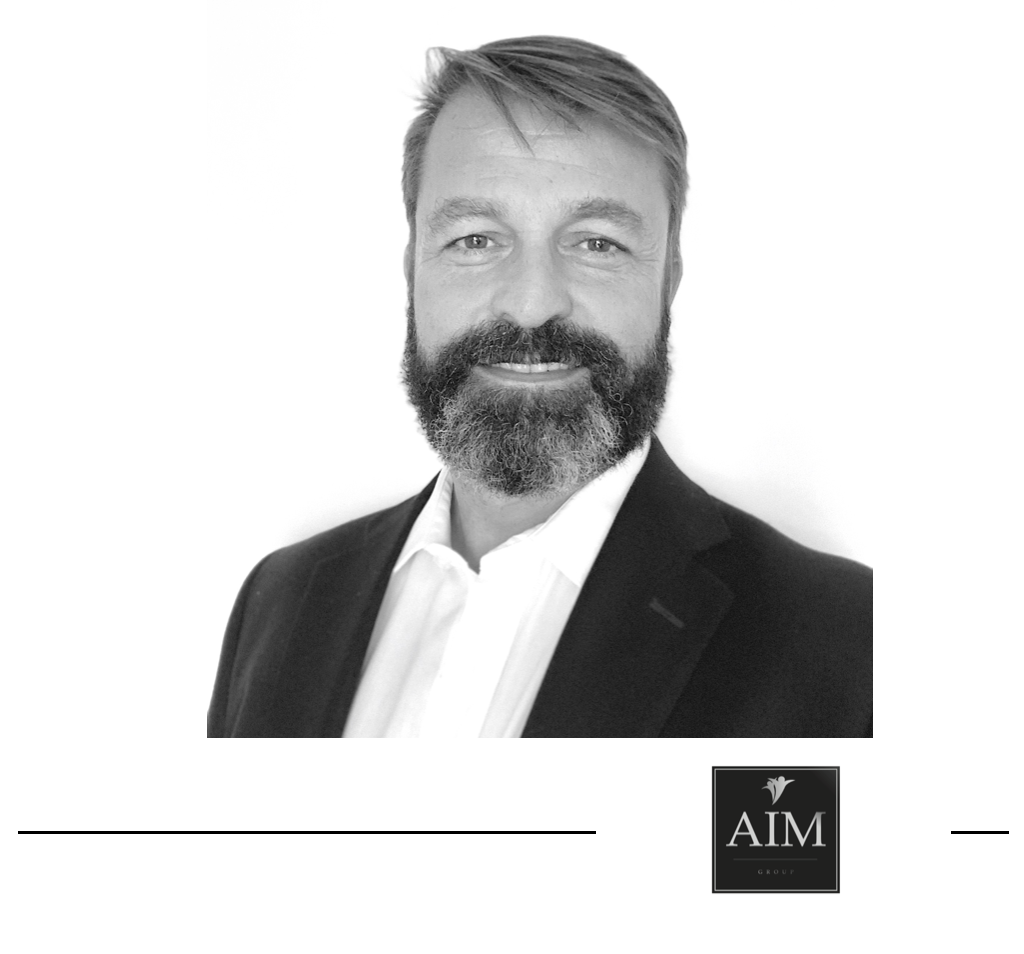Why is it that change is so hard?
Gustav Juul
CEO
AIM GROUP
The amount of times we feel challenged and stressed with some aspect of our life is increasing. Sometimes we are great at dealing with it, other times it makes us feel frustrated, uncomfortable or even at a loss of how to keep driving towards the objective we wanted to reach. Still, regardless of how tough things get, it can be even harder to find the willpower to really do something about it.
I can share with you that I more than once have told myself that I need to do more exercise. I even own a treadmill that I bought with the intention of not having the excuse of not having time to go to the gym, but I also must admit that it many days just sits gathering dust. For some people it is doing exercise, for other people it might be losing weight, smoking, or something completely different. Why is it that change is so hard?
Just do it!
I don’t know how many articles I have read about the importance of perseverance, resilience, grit, stamina, tenacity, resolution and commitment to a cause. I might even have written a few myself over the years and there is no doubt in my mind that it can be inspirational and amazing to see people’s resilience and their ability to cope with circumstances which, to an outsider, would seem almost impossible bear.
Who wouldn’t want to be the hero that persists even when things are at their most difficult and their resources are at their lowest. At such times we are drawn to praise people for their perseverance and to admire them for their ability to commit and to see things through, regardless of the personal cost. This is where the real men and women are separated from the crowd … or is it?
Never give up!
There is something romantic and inspirational about just walking, eyes wide open, into the future and come what may, never giving up, but there is also an element of compulsiveness to this. In some circumstances we stick at things long after we should’ve let them go. These are the times where “the road” unexpectantly darkens and we suddenly feel that we are driving blindly.
Have you ever been in a situation where you continue to try to breathe life into something that should have been put to rest a long time age, hoping for a miracle, and unwilling to confront the reality? I can tell you I have.
It is many factors that make us “Never give up!”. Sometimes it is the money or time invested, other times it is pride or plain stupidity of not being able to see the forest because of all the trees. The things that we are familiar with, have a powerful hold over us and there certainly is something very attractive about stability, even if it brings us pain. Is it because we draw comfort from what is familiar to us, even if it is not good for us? I Denmark we say that “A bird in the hand is better than one hundred on the roof.” and I have heard a similar saying in many other languages.
Preference
There is surely an element of personality to this. Some people seem to work better the bigger the uproar. They feed on challenges and sacrifice becomes a way of life for them. Others are different, and can only take a little before they need to withdraw from stressful situations and quickly seek out something more manageable and more familiar. Shying away from conflict and the unknown is a way of managing situations which otherwise would be overwhelming to them. In the end, both positions are unsustainable, so it is not a matter of preferences.
Courage
Is it then the fact that the courage needed to change things sometimes is greater than the courage it takes to keep enduring. I think the key word is sometimes. Sure, sometimes change is what takes greatest courage, sometimes it is enduring, so it is not a question of courage.
What I have seen and learned since I joined the Adizes Institute, the leading authority in Organizational Transformation is that there is that change is inevitable, and the faster we are in adapting to change, the stronger and more profitable we are compared to the competition. However, there is a very structured and logical approach, or in other words a sequence, to the elements required to adapt to change successfully on a consistent basis.
Change together
As in our personal lives, in marriage, as in business there is change, and with change there is a risk of “changing apart,” or disintegrate. This is because when change occurs, different parts of “us” change at different speeds. The faster the rate of change or the further there is between the different parts, the bigger the risk of things starting to fall apart.
The Adizes Institute help many companies across the world successfully to transition between one generation and the next and it is much easier to transition a 1st generation than a 2nd generation company. The reason is that there is less “distance” between the parents and their children, than uncles and in-laws and their nephews. They tend not to “change together” as easily.
The Adizes Institute also help implement a stronger organizational structure. This might nos be as critical in smaller companies, because there is less potential for disintegration between top management and front-line workers and thus less misalignment between their interests. But when an organization grows and changes and more layers of middle management are brought in, there is more potential for greater misalignment.
When the company “changes apart” it manifests itself in problems, such as an inability to implement decisions; difficulty adapting to a changing environment; a lack of trust within the organization (manifested by internal fighting); products of low quality; loss of market share; or high employee turnover.
When an organization requests our services (Adizes Institute), we ask them what their starting point is: “If you already know you need to change, then why don’t you change? What is stopping you?” The answer, more often than not, is “Management resists change,”
Resisting change in the short term can be both right and wrong depending on the situation, but resisting change in the long run can never be right. The Adizes Institute has an established methodology, being the premier organizational transformation firm in the world with more than 50 years experience. The sequence with which any change has to be managed in the company has an order and a stability required to this process. One goes with the other, change requires, resilience, grit, stamina, tenacity and all the other adjectives that inspire stability and continuity, and these on the other hand require change to be relevant in the future.
In my experience when we are able to feel familiar with change and find stability in the implementation of these changes, is when new possibilities open up to us.
What do I want to change
I am a happy person and I feel lucky about the situation I am in both on a personal and on a professional level. I feel fortunate to have the family I have. I am thrilled about being part of the Adizes Institute and the course it has taken in expanding the teaching of the methodology to new sectors and regions of the world. In other words the Adizes Institute is aiming to be more inclusive and I feel wonderfully about it.
Because I feeling good about my life right now, I feel fear of change, fear that the future could be “less” than it is at this very moment in my life. I therefore inevitably feel resistance to things changing. But, I also know that change is inevitable, whether we like it or not, and holding on to the past in the hope that change will not happen is a futile exercise.
My goal is to remember the experiences of the past but not holding on to it. My goal is also to live the present, embracing and adapting to the changes that the future will hold. Only then can the future be as wonderful as the past.



